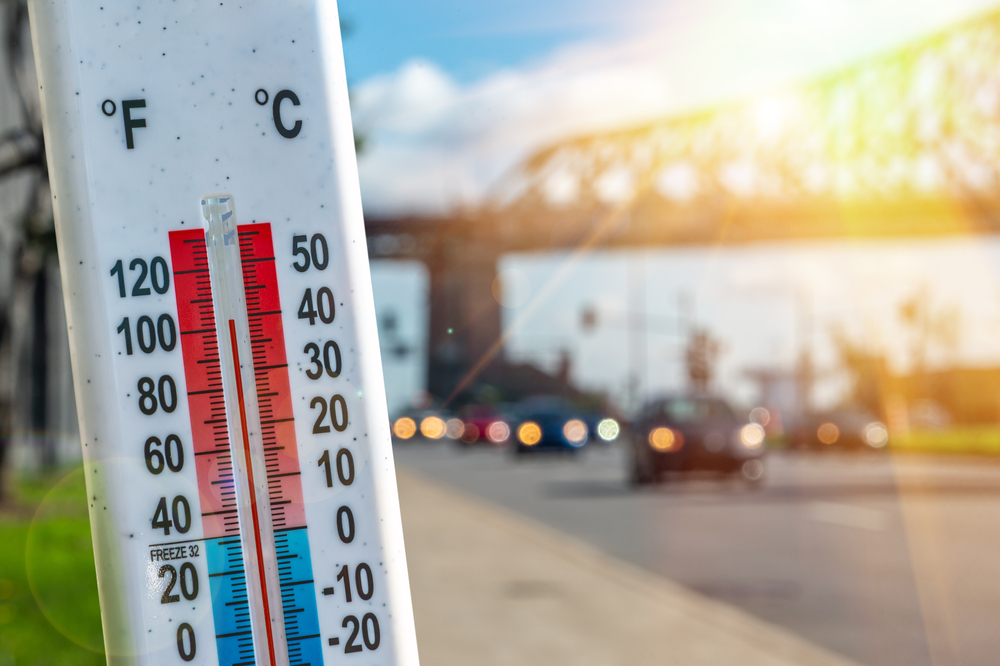On July 21, the Department of Labor’s Wage and Hour Division (WHD) announced the launch of a heat awareness campaign called “Operation Beat the Heat.” Operation Beat the Heat is a coordinated education, outreach, and enforcement effort to protect migrant and seasonal agricultural workers.
Under the Occupational Safety and Health Administration’s (OSHA) national emphasis program (NEP) for outdoor and indoor heat-related hazards, agency field offices can accept inspection referrals from the WHD. Agency compliance safety and health officers (CSHOs) also can make “self-referrals” during their on-duty travels, initiating inspections or outreach efforts when they encounter a worksite where workers may be exposed to heat hazards.
The WHD stated it plans to use a data-focused targeted approach to ensure farmworkers and their advocates understand the risks heat injuries present.
The effort also focuses on educating farm labor contractors, growers, other agricultural employers, and industry stakeholders to promote a better understanding of their responsibilities to prevent heat-related injuries and encourage them to contact the WHD when questions arise.
“The pandemic showed all of us the vital contributions of the nation’s farmworkers. In turn, we must ensure that these hard-working people are treated with dignity and that we honor them by ensuring their health and well-being,” Betty Campbell, the WHD’s Dallas regional administrator, said in an agency statement.
“Operation Beat the Heat seeks to remind farmworkers and the industry in which they work of the dangers of outdoor work, especially when summer temperatures soar, and of the Department of Labor’s expectation that industry employers pay these workers every dollar they’ve earned in return for their labor,” Campbell continued.
In addition to the heat hazard NEP, OSHA also has a rulemaking that would establish the nation’s first federal heat exposure standard. So far this year, OSHA’s regional offices in Atlanta; Boston; Chicago; Dallas; Kansas City, Missouri; and Sioux Falls, South Dakota, have issued alerts reminding employers they need to protect workers from the hazards of excessive heat.
In each announcement from an OSHA regional office, the agency has reminded employers to:
- Encourage workers to drink water every 15 minutes.
- Ensure that workers take frequent rest breaks in the shade to cool down.
- Have an emergency plan for responding to workers showing signs of heat-related illness.
- Train employees and supervisors on the hazards of heat exposure, how to recognize common signs and symptoms, and how to prevent illness.
- Allow workers to build a tolerance for working in heat through a program of acclimatization.
On July 21, the National Weather Service stated that dangerous heat continues to impact portions of the southwestern, south-central, and eastern United States and predicted a multiday heat wave in the Pacific Northwest.
States with their own occupational safety and health programs already have heat hazard standards. Minnesota has a workplace safety and health standard for exposure to both hot and cold environments. California has had a heat illness prevention program standard, and Oregon’s Occupational Safety and Health Administration (Oregon OSHA) just issued a permanent heat exposure standard. Washington reissued an emergency temporary heat standard earlier this summer that is effective through the end of September, and Washington state officials are developing a permanent heat standard.

